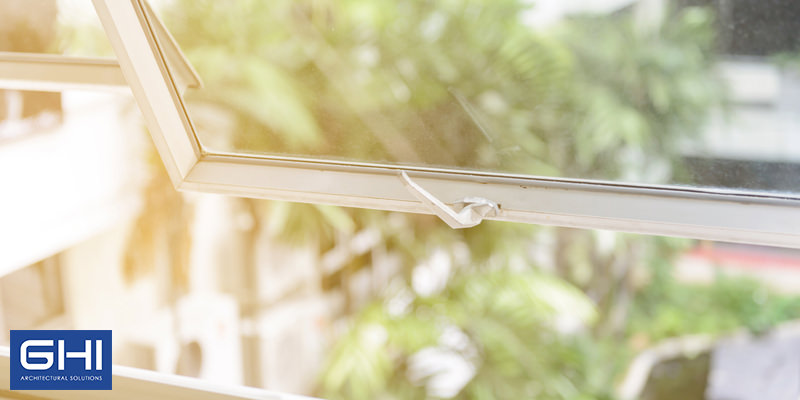Aluminium Windows – The Anatomy Of A Window
Windows are things we tend to automatically look through, but have you ever really taken the time to look at one? Probably not. A window is, after all, just a simple bit of equipment, right? Glass, a frame and some sort of opening mechanism. What’s really so fascinating about them that warrants a closer look? Well, pretty much everything, actually! There is a lot more to aluminium windows than you might think. And a lot more science behind whether they’re top hung or side hung, for example. Or behind what kind of window hardware is best to use in each case.
A window is actually a very complex item. It’s designed to let in light, offer a view, and, in many cases, provide ventilation. Yet it also has to be completely weatherproof when closed. It must provide total protection from strong winds and driving rain, yet we want it to open and close with minimum effort. In order to comply with the many demands we place on our suddenly not-so-humble windows, they have to have many parts and a surprisingly intricate construction.
So let’s break this down in a little more detail, taking a look at exactly how windows work, and what the different parts are called. In this way, when you’re next looking for new aluminium windows, you’ll know exactly what to ask for!
Glaze Anatomy – How To Speak Window Hardware
Here are a few of the basic terms commonly used when talking about window construction:
Sash
This is the framework that holds the glass in place. It is made up of two parts, the rails (horizontal components) and the stiles (vertical components)
Frame
This is what the window actually sits in – the shell if you like, that creates the opening for the window inside the wall. It is made up of three parts: the head (horizontal component making up the top of the frame), sill (the inside part of the frame, near the bottom, that sticks out into the inside of the room) and jambs (the vertical parts of the frame).
Lock Or Latch
As its name implies, this is the part that locks the window, and also helps it seal properly when it’s closed. Depending on the type of window, the latch is either located where the two rails meet, on the stile, or on the rail at the bottom of the sash.
Friction Stays
Also called friction hinges, these keep the window open at any angle, thanks to the torque between the two parts on a common axis. They are found most often on Upvc and aluminium windows, although some wooden windows have them too. There are two types of friction stays – top hung: the stay is secured to the side of the window frame, even though the sash opens from the top, and side hung: the opening sash is secured from both the top and bottom of the window.
Top Hung Window
This is a popular type of window, similar to a top guided window in that it is also an awning window. The difference between the two is how they are hinged and opened. In a top hung window, the hinge is on the top of the outer frame, which allows the bottom to swing out because it’s secured by steel friction stays.
Side Hung Window
These are also known as casement windows. They offer several benefits over other window types, including the fact that they open wider than any other style. Most windows only open to a maximum of 90 degrees, but side hung windows will go wider if you need them to.
It’s extremely important to only use the correct window hardware for the style of window you’re using. This is particularly true when choosing the right friction stays. If you use top stays for side hung windows, for example, you will bend the hardware when you try to operate the window.
It’s also important to regularly maintain the friction stays, but fortunately, this is easy to do. Simply keep the mechanism clean, and free of grime. Regular lubrication is advised, using standard machine oil, paying particular attention to the pivot points. To decrease or increase the fiction, simply adjust the turning screw – but be careful not to over tighten them.
So now that you know how to speak window, come and chat with the people who know how to make and install them. At GHI, aluminium windows are what get us out of bed in the morning. If you’re building or renovating, and you need new windows, let us make them for you. Contact us today.

